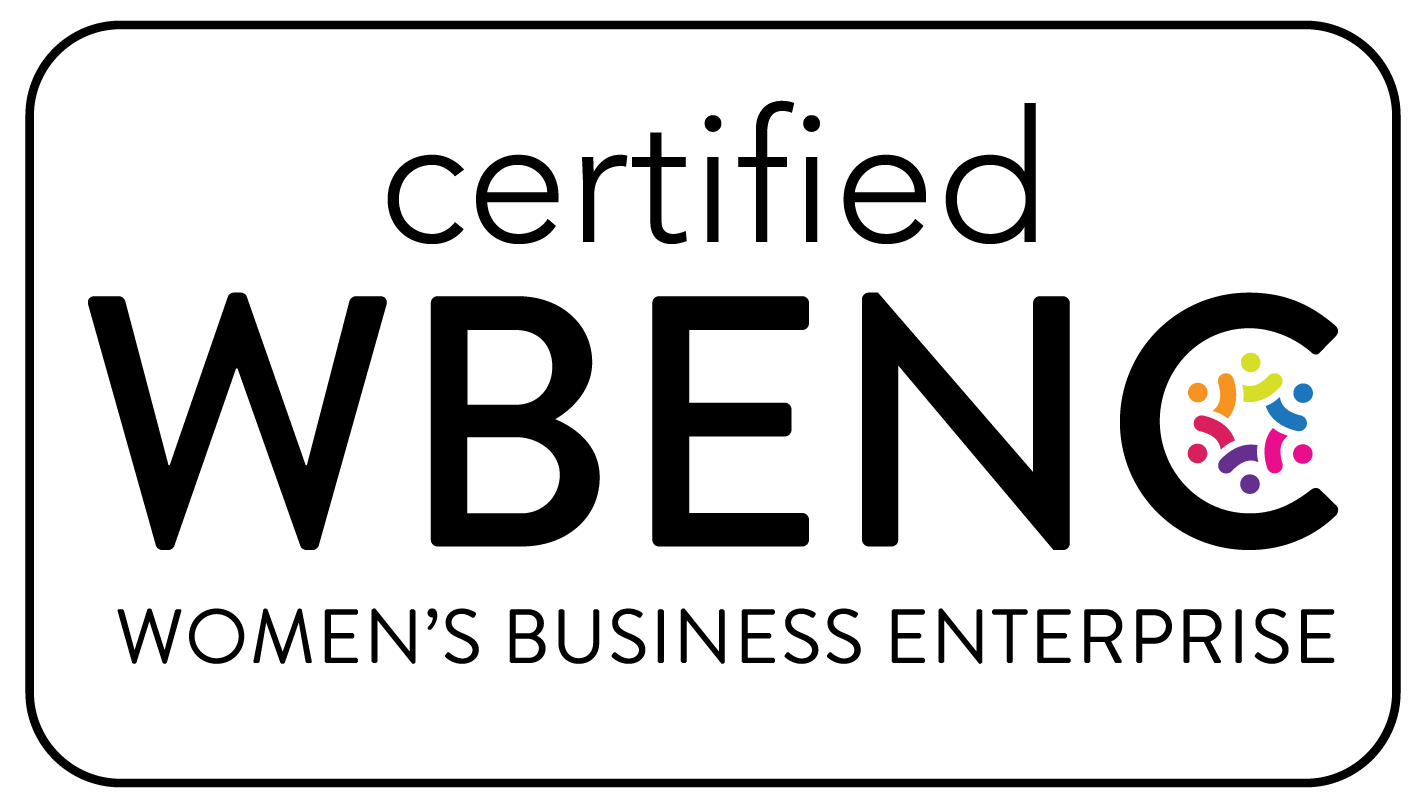Preventing Musculoskeletal Injuries at Work: Expert MIS Tips

Musculoskeletal injuries are common and disruptive – read on for expert advice from a Musculoskeletal Intervention Specialist (MIS) on how your business can prevent these injuries.
Author: Joseph Christian
February 11, 2025
Musculoskeletal Injuries – An Obstacle to Healthier and Safer Workplaces
While a back strain or sprained angle might not raise much concern, data shows musculoskeletal injuries (MSK) are one of the largest challenges EHS professionals face when trying to safeguard the health and safety of their team.
According to the National Safety Council (NSC), “Musculoskeletal disorders are the most common causes of disability, early retirement, and limitations to gainful employment. They cost employers billions each year in lost productivity, worker compensation, absenteeism and presenteeism, turnover, and ability to attract new talent.”
Data from the Bureau of Labor Statistics (BLS), nearly half of the 2.14 million DART injuries from 2021-2022 were musculoskeletal in nature.
While these injuries cost employers billions yearly ($13 billion alone on overexertion injuries), the good news is that musculoskeletal injuries are preventable, and NSC data shows that every dollar spent generates twice the return.
Musculoskeletal Injuries Deserve Musculoskeletal Experts
Musculoskeletal injuries can be complex and don’t happen overnight, which is why it is best to have an occupational medical professional – with expertise in identifying and addressing MSK risks – lead prevention efforts.
CAREonsite’s Musculoskeletal Intervention Specialists (MIS) are Certified Athletic Trainers who have this expert knowledge. Their specialized training allows them to observe, assess, and act on risks that can lead to common MSK injuries like sprains, strains, and tears.
To learn more about how an MIS can help your organization prevent injuries, reduce absenteeism, support employee well-being, and enhance risk identification and tracking, please go here.
MIS Tips on Prevention Injuries
Even though MSK risks and injuries should always be evaluated properly by a qualified occupational medical professional like an MIS, here are some general tips to help employees – from those with physically demanding jobs to office workers – avoid a costly MSK.
#1 Make sure you hydrate
Dehydration can cause cramps and create other risk factors that could lead to MSK. Drinking water is a simple step you can take to avoid unnecessary injury. The current guidelines recommend 100 fluid ounces (12.5 cups) for men and 75 ounces (9 cups) for women.
Pro Tip: It is important to note energy drinks and coffee do not replace water. Caffeinated drinks act as a diuretic that reduces your body’s ability to hydrate. Water is always the best option to stay hydrated.
#2 Exercise outside of work 2-3 times per week
Simply put, general fitness reduces the likelihood of an injury. When exercising, remember to work on building up the strength and conditioning of your whole body.
While there are many methods of doing this, from yoga to cross-training, the key is to use a variety of exercises covering different areas of the body.
Pro Tip: Here are ideas on the kinds of exercises to do every week:
Cardio/endurance
Core
Strength building
Improving form/stability
These exercises help overall physical health and can support injury prevention programs by improving an individual’s stability, balance, strength, flexibility, and muscular endurance.

#3 Stretch at work
Stretching helps to remove muscle tension, increase flexibility, and improve range of motion – all of which help prevent MSK injuries. It is best to create a stretching routine that best supports your job, but here are some stretches that address common workplace MSK injuries.
Pro Tip: One type of stretch is not more important than another – developing a complete routine based on the conditions of your workplace is always the best.
#4 Report discomfort or pain immediately
Many common musculoskeletal injuries, like back pain or carpal tunnel syndrome, develop over time – this is why it is important to report and address issues as soon as possible.
When you recognize, report, and address symptoms early, repetitive motion issues and injuries are much easier to resolve. Follow the steps your organization has created for reporting.
Pro Tip: Don’t tough it out. If you have an issue, report it so it can be addressed. If you wait until discomfort evolves into a problematic musculoskeletal injury, you could put your health and career at risk.
#5 Be aware of ergonomics and areas of your body that are stressed by your work
Ergonomics is simply the study of people in their work environment with the goal of better fitting a job to an individual to reduce the chance of injury or discomfort.
Whether you are at a desk or engaged in a physically demanding job, your health should always be a priority. Take note of your work environment, and if possible, take steps to address things that stress your body. For instance, an office worker may change their chair to put less stress on their back while sitting, or a construction worker may wear knee pads and an ankle brace to support their body in a physically demanding job.
Pro Tip: You don’t have to be an expert to be aware of ergonomics. Use accepted guides, widely available online.
Additional MIS Tips for Physically Demanding Jobs
Use work breaks to take care of your body. Pay attention to signs of fatigue or areas of discomfort. Drink water and stretch as needed.
Remember, physically demanding jobs are not a replacement for general exercise. It is important to ensure your strength and conditioning are well-rounded and support your physical health beyond work.
Additional MIS Tips for Office Jobs
Make sure you don’t stay stationary – take microbreaks to get up, stretch, take a drink of water, etc.
Pay attention to your posture. Poor posture puts unneeded stress on your body.
Need Help with Injury Prevention
CAREonsite is here to help. Learn about our injury prevention programs led by expert MIS can help your organization.
- athletic trainer
- careonsite
- EH&S
- ergonomics
- Exercise and Stretching
- health and safety
- health and safety programs
- health outcomes
- industrial athlete
- injury management
- injury prevention
- musculoskeletal injuries
- Musculoskeletal Intervention Specialists (MIS)
- occupational health
- occupational healthcare
- performance training
- physical therapy
- safety
- strength training
- stretching
- Tang+Company
- work-related injuries
- worker safety
- workforce training

